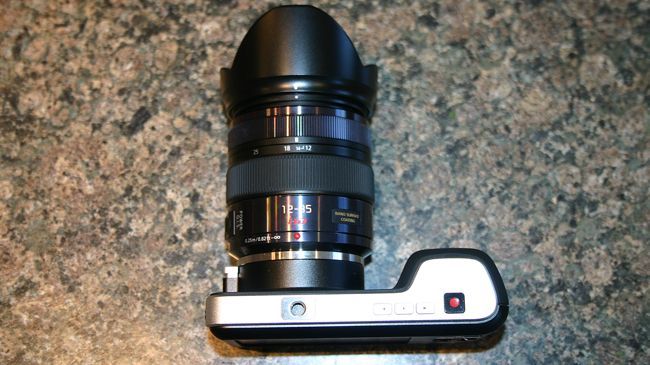
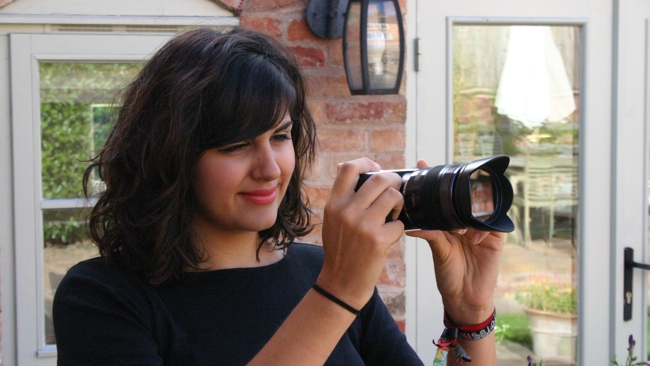 Blackmagic Pocket Cinema Camera
Blackmagic Pocket Cinema Camera
We're going to take a much closer look at this very soon, but I wanted to quickly bring you my first impressions.
This is an important camera. It's unique. It's not like anything else. It brings a cinematic film-making capability to more people than any other camera in history. There's no doubt about it: it's exciting.
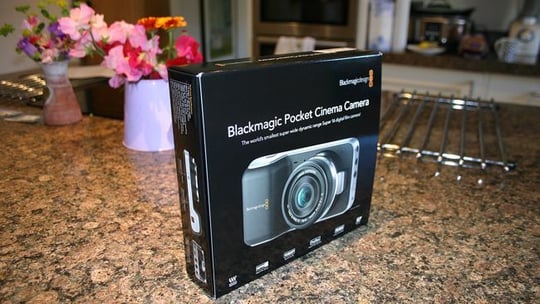
There's also no doubt that this is a quality product. Apple taught the world how to do packaging right, and Blackmagic have adopted their approach with simple, thoughtful presentation. Once you've mastered the intellectual challenge of opening the box, you're in no doubt that this is a serious camera.
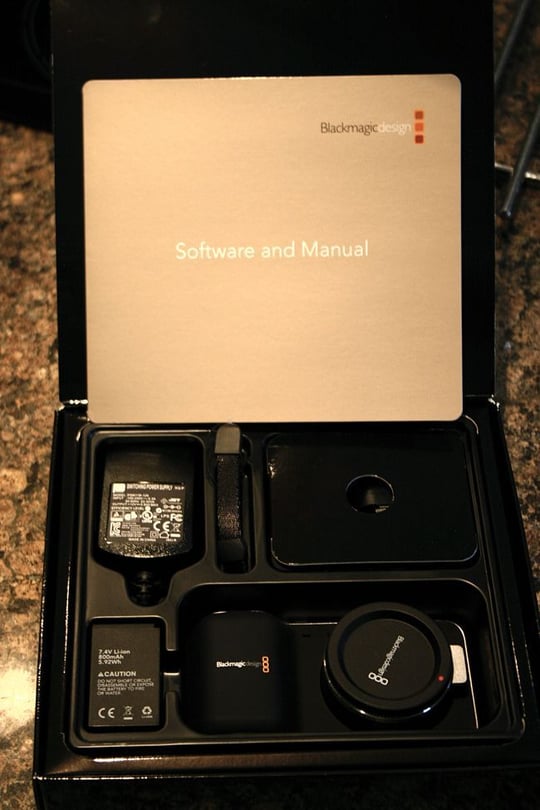
Take a look at the camera outside the box on the next page.
At first sight, it seems impossibly small. Front to back, apart from the hand-grip bulge, the camera has almost no depth at all. But it's solid: satisfyingly so.
The controls are minature, but they're precise and positive. As soon as you turn it on, you realise the screen is clear and sharp. The UI is simple and about as concise as it's possible to be. For anyone that dislikes manuals, it's ideal.
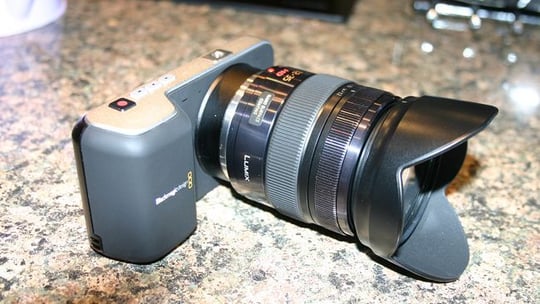
We were supplied with a Panasonic H-HS12035 lens - a useful one to start with. Even though this is a Micro Four-Thirds lens, it positively dwarfs the camera, but it does give it some presence and gravitas.
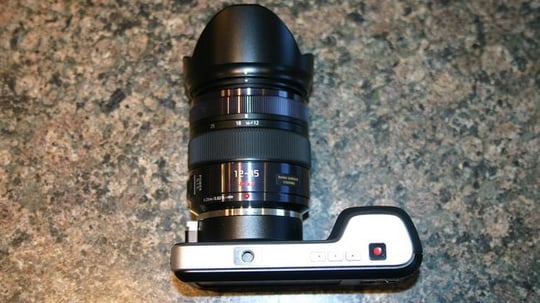
So, my first impression is that this is a very high quality product, that's simple to use. We've already seen several examples of the sort of pictures the BMPCC can produce. You can either choose the relatively complex raw workflow (not available on our reivew camera), or opt for the simpler, faster, but still very high quality ProRes approach.

Either way, it's staggering to think that for $999 + lenses, you can make filmic-looking video, show it in a cinema, and no-one would be any the wiser.
Tags: Technology


Comments